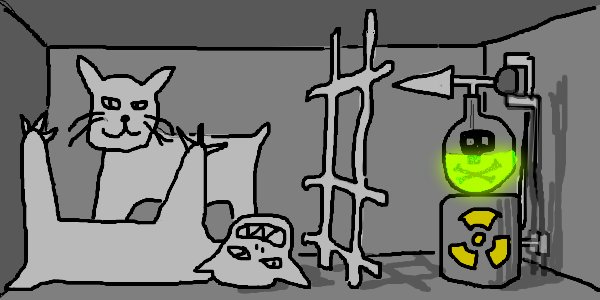Bibliografía:
Para las bases matemáticas sobre Análisis Funcional:
- Conway, A course in functional analysis, New york, Springer, 1990.
- Abramovich, Invitation to operator theory, (Graduate studies in mathematics, Providence, Rhode Island) 2002.
- Kolmogorov, Elements of theory of functional analysis, vol(I), Metric and normed spaces, Rochester: Graylock Press, 1957
Para Geometría Diferencial (para físicos):
- R. Wald, General Relativity, University of Chicago Press. http://alpha.sinp.msu.ru/~panov/LibBooks/GRAV/GeneralRelativity-R.Wald.pdf
- Misner, Thorne, Wheeler, Gravitation.
- Foster, James, Nightingale. A Sohrt course in General Relativity. Springer. http://www.2shared.com/document/MaFbxNI1/A_Short_Course_in_General_Rela.html
- C. Isham, Modern Differential Geometry for Physicists, World Scientific, Singapore, 1999.
- G.L. Naber, Topology, Geometry and Gauge Fields: Foundations, Springer, Berlin, 1997.
- G.L. Naber, Topology, Geometry and Gauge Fields: Interactions,, Springer, Berlin, 2000.
Bibliografía EPR- Pitowsky (NUEVO!):
- A. Einstein, B. Podolsky and N. Rosen, Can Quantum Mechanical Description of Physical Reality Be Considered Complete? , Physical Review 47 (1935) 777
- Bell J.S., On the EPR Paradox, Physics 1 (1964) 195
- E. Santos, The Bell inequalities as test of classical logic, Physics Letters A 115 (1986) 363
- I. Pitowsky, Quantum Probability – Quantum Logic, Lectures Notes on Physics 321, Springer Berlin 1989.
- I. Pitowsky, Correlation Polytopes: Their Geometry and Complexity, Mathematical Programming A50, 395-414 (1991).
Bibliografía para DECOHERENCIA Y ENVARIANCE:
- Auletta, Foundations and Interpretation of Quantum Mechanichs…, World Scientific, Singapure.
- Bacciagaluppi in The Stanford Encyclopedia of Phylosophy. http://plato.stanford.edu/archives/win2003/entries/qmdecoherence
- Zeh, Decoherence: Theoretical, Experimental and Conceptual Problems, Springer Berlin. e-print: quant-ph/9905004.
- Modal Interpretations of Quantum Mechanics. http://plato.stanford.edu/entries/qm-modal/#BioDecSpeDecModInt
- Zurek. e-print: quant-ph/0405161.
- http://plato.stanford.edu/entries/qm-modal/ (NUEVO!) (Modal interpretations of Quantum Mechanics)
- Ghirardi, Rimini, Weber, 1986, Phys. Rev. D 34, 470.
- Ghirardi, Rimini, Weber, 1987, Phys. Rev. D 36, 3287.
Bibliografía para Grupos de Lie y Álgebras de Lie:
- S. Stenberg, Group Theory and Physics, Cambridge U. Press, Cambridge, 1995.
- Ta-Pei Cheng & Ling-Fong Li, Gauge Theory of Elementary Particle Physics, Clarendon Press Oxford.
- R. Slansky, Group Theory for Unified Model Building, Physics Reports, 79, No. 1 (1981) 1-128.
- Andrzej Derdzinski, Geometry of Standard Model of Elementary Particles, Springer, Berlin, 1992.
- W. Miller, Symmetry Groups and their Applications, Academic Press, New York, 1972.
- R. Gilmore, Lie Groups, Lie Algebras and some of their Applications, Wiley, New York, 1974.
- R.G. Wybourne, Classical Groups for Physicists, Wiley, New York, 1974.
- T. Bröker & t. Diek, Representations of Compact Lie Groups, Springer-Verlag, 1985.
- A. W. Knapp, Lie Gropus, Lie Algebras and Cohomology, Princetion University Press, 1988.
- H. Georgi, Lie Algebras in Particle Physics: From Isospin to Grand Unified Theories, Westview Press, Boulder, Colorado, 1999.
- H. Georgi & S. Glashow, Unity of all elementary particle forces, Phys. Rev. Lett. 32 (8), Feb. 1974, 438-441.

